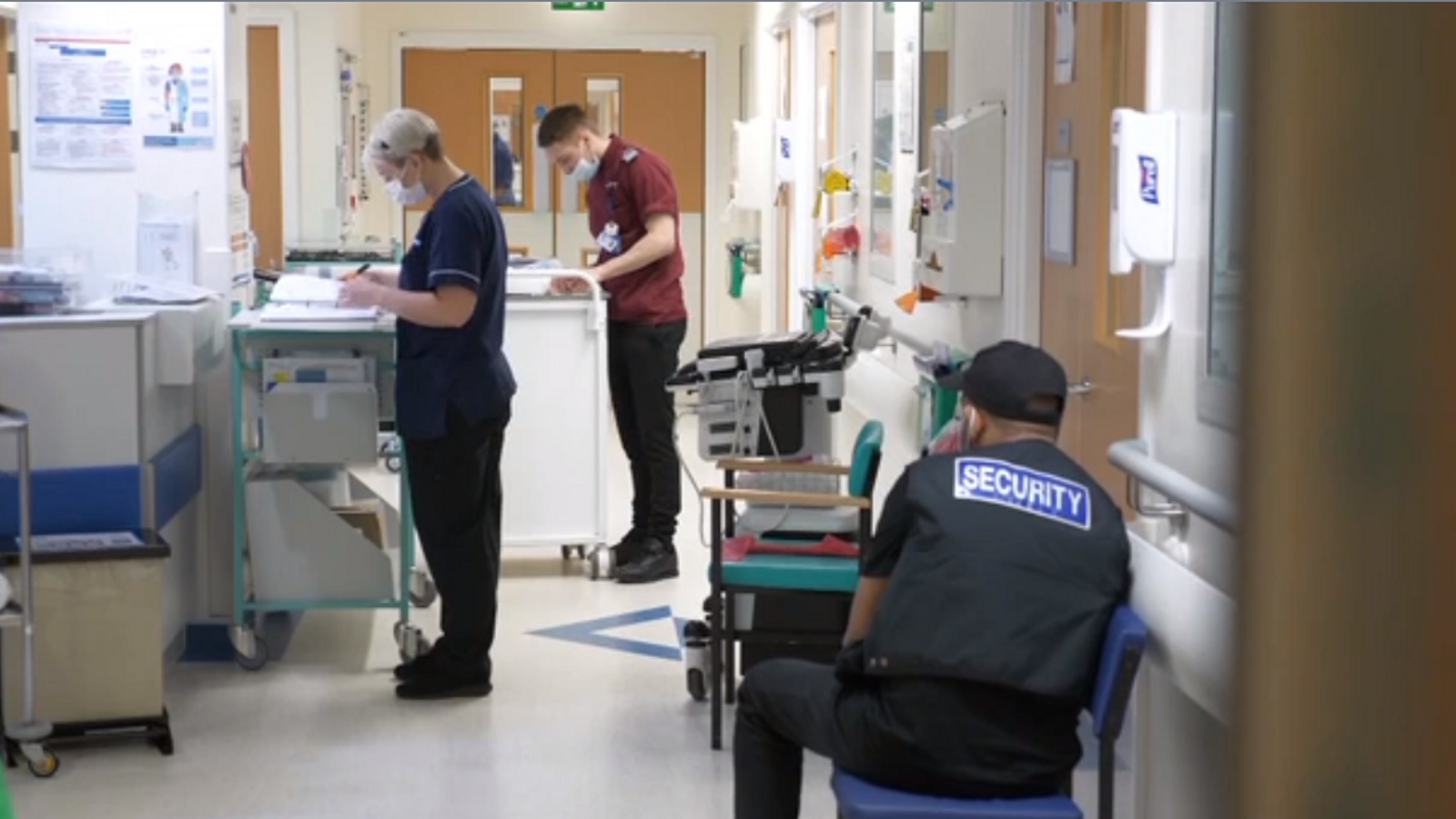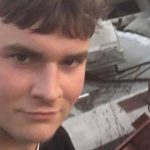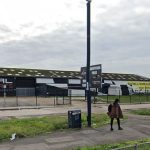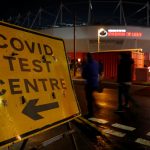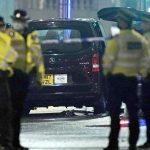Anne Lowe has not one but two cancers. And yet this 56-year-old grandmother describes herself as lucky.
At the peak of the COVID-19 crisis, non-urgent care was paused and routine screening and diagnostics had to be paused to prevent the health service from becoming overwhelmed by coronavirus patients.
And like many other people who thought there might be something seriously wrong with them, Anne was reluctant to seek help because she did not want to put even more pressure on the NHS.
“What I was thinking was I would talk to the asthma nurse for my asthma check rather than bothering the GP at an earlier stage because everybody knows how busy they were dealing with the COVID pandemic,” Anne told me.
I asked her if there had not been any COVID if she would have sought help sooner.
“Yes,” she replies, “I would have gone sooner.”
Sajid Javid denies plan to tackle NHS backlog was delayed by the Treasury – saying Omicron was the ‘roadblock’
Canada truckers: US groups need to stop interfering in COVID protests, former ambassador Bruce Heyman says
COVID study in which young adults were infected with virus reveals its results
Anne was invited to attend a screening as part of a pilot programme in Coventry that uses a mobile CT scanner.
Smokers past and present are targeted for lung cancer screening.
30% rise in cancer referrals in six months due to pilot programme
The technology is so advanced it can easily detect tumours growing in other parts of the body.
It detected Anne’s lung cancer and a growth on her breast that turned out to be cancerous too.
The pilot has lead to a 30% increase in cancer referrals in the last six months.
Read more: NHS cancer treatment waiting times at record high – how bad are they and why?
That is around 60 people who now have a chance of surviving their deadly disease because it has been discovered before it becomes too advanced.
Anne’s lung cancer is at stage three and her breast cancer is at stage one although she has been told it is aggressive.
Dr Dhananjay Desai, a respiratory consultant at University Hospital Coventry and Warwickshire NHS Trust, says pausing non-urgent treatments was the only way the NHS could cope with the pandemic.
He told me that the true cost of that decision, in health terms, might not be known for years – but already there are signs.
Dr Desai said: “I can tell you from what I have seen especially with many people presenting with later stages of cancer – we can only relate it to the fact that they couldn’t get seen during the pandemic, so those numbers I think are only going to increase.”
It wasn’t just screening and diagnostics that were paused. Elective surgery was stopped too.
Health Secretary Sajid Javid, just days after launching his war on concern, has now turned his sights on the number of patients waiting for treatment.
Announcing his plans in the Commons, he said: “The number of people waiting for elective care in England now stands at 6 million, that is up from 4.4 million before the pandemic, sadly Mr Speaker, this number will continue rising before it falls.”
And that, the health secretary warned, means it will be at least two more years before the elective waiting list starts to fall.
But to make that happen issues over staffing, technology and infrastructure must be addressed.
‘COVID-backlog’
Mr Javid calls it a ‘COVID-backlog’. It is true the pandemic has exacerbated the situation but waiting lists were already at record levels.
Some 300,000 people are now waiting more than 52 weeks for treatment.
There are some things we cannot factor in as certainties: the course of the pandemic and what demand for NHS services will actually look like.
Some health care policy advisers say the health secretary’s plans do not allow for regional differences in waiting times and disparities in health equality.
All NHS Trusts will welcome Mr Javid’s plans to improve patient care but they know meeting his ambitious targets will only be achievable if they are backed with the money and resources to help to make a dent in the growing waiting lists.
